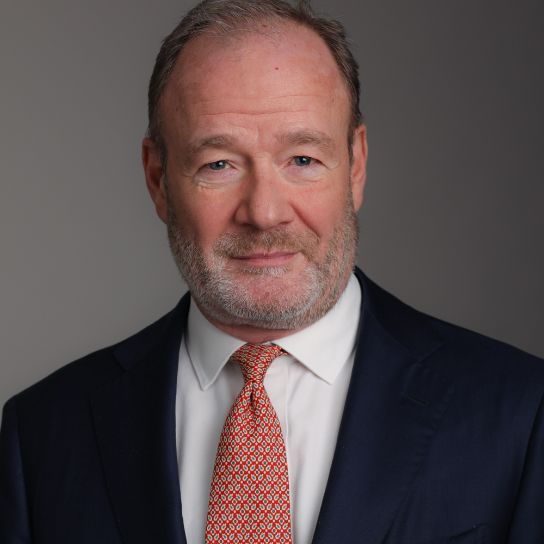The world is facing a period of unprecedented and unanticipated political change. The developed world’s consensus of capitalism and globalisation is itself under question from new political movements and popular sentiments. At the same time, the acceleration of technological developments, and the new ways that technology is being used, has created a powerful disruptive force both in the economy and in society.
M&A, and those senior executives and advisers who lead it, prefer certainty—in politics, in the economy and in society. Where the conditions for that certainty are not present, M&A can either stall, or M&A strategies can adapt. Strategies adapt where businesses cannot afford to stand still, in the face of disruptive challenge or otherwise. Strategies adapt where agile and bold players seek to take advantage of new opportunities thrown up by uncertain conditions.
Has a consensus been reached in current M&A markets - has a “new normal” yet been found? The headwinds in M&A are clear, in particular the global phenomenon of increased political involvement in M&A activity. The opportunities are clear too, including corporations’ hunger for data and technology, prized commodities that some M&A deals are seeking to capture. It is also clear that the key players in the M&A world influencing the direction of travel will continue to include Chinese buyers and activist shareholders.
In this context, we are pleased to present “M&A in a changing world - Opportunities amidst disruption”, written by The Economist Intelligence Unit (the EIU) and sponsored by Herbert Smith Freehills. The EIU’s report assesses the current state of play in global M&A, focusing on Asia-Pacific, Europe and North America.
EXECUTIVE SUMMARY
Corporate and shareholder sentiment towards M&A has rebounded since the dark days of 2008. Low borrowing costs have coaxed many new buyers, including acquisitive Chinese conglomerates, into the market. The prices of prized assets have risen accordingly. It remains a seller’s market in technology-driven deals, particularly in the consumer-goods, financial services, and media and telecommunications sectors. Some acquirers need to buy competitors to increase their revenue and profits; others are looking to change their product portfolios to boost profits.
A number of forces are at play in the global M&A market, influencing the level and types of deals taking place. This report takes a closer look at the strongest such drivers, including the macroeconomic environment, increased regulatory scrutiny, emerging technologies and merger models.
Key findings of the report
- Valuations are very high
Low interest rates and strong corporate cash positions have meant that there is too much money chasing deals. In many cases, multiples are too high for private-equity groups, which are not able to benefit from the synergies that industry players gain from M&A. Deals need to have strong fundamentals, targeting growth opportunities or cost efficiencies. Shareholders favour M&A strategies that boost top-line revenue, bottom-line profits and their regular dividends. - Expert consensus indicates a "new normal" for Chinese outbound M&A activity
Chinese outbound deals fell sharply year on year in the first half of 2017, despite a slight uptick in the second quarter. The expectation is that tight capital controls and scrutiny by regulators will continue. Deals that fit in with China’s broader economic development plan, particularly in sectors such as industry and emerging technologies, are likely to move forward. - The "globalisation of equity" has been a key factor in driving up the volume and value of international deals
It has become easier for firms to tailor a mix of shares and cash for international transactions. But uncertainty over US tax policies has left many corporations unable to plan their next move, and this may temporarily dampen cross-border deals. - In addition to changing business models, emerging technologies are altering merger models in key sectors
There are more M&A deals between retailers and e-commerce platforms as shopping moves online, and financial firms are absorbing financial technology as customers now expect a rich online experience. In media and telecoms, vertical deals are combining content and distribution as traditional players look to retain customers and maintain revenue. - There are reasons for optimism about an uptick in M&A, with strong levels of activity expected in 2017 and into 2018
An economic recovery and relative political stability in Europe, despite uncertainty over Brexit, are making the market more attractive. A growing middle class and the emergence of innovative business models in Asia-Pacific mean that many players are on the prowl for deals in the region.
Download your copy of M&A in a changing world: Opportunities amidst disruption
Key contacts
Legal Notice
The contents of this publication are for reference purposes only and may not be current as at the date of accessing this publication. They do not constitute legal advice and should not be relied upon as such. Specific legal advice about your specific circumstances should always be sought separately before taking any action based on this publication.
© Herbert Smith Freehills 2024



